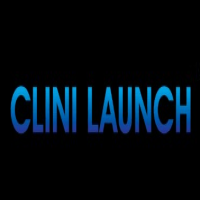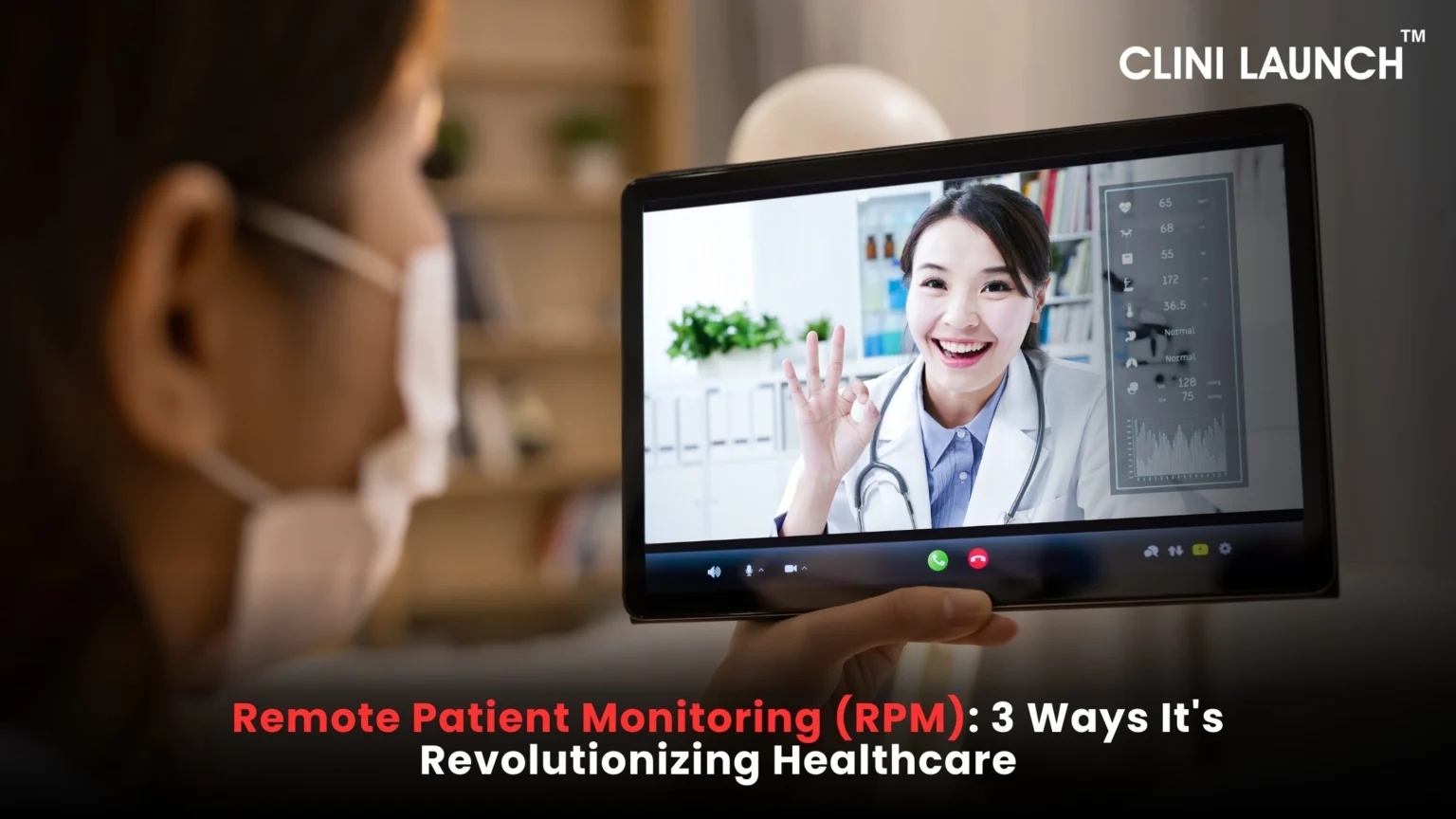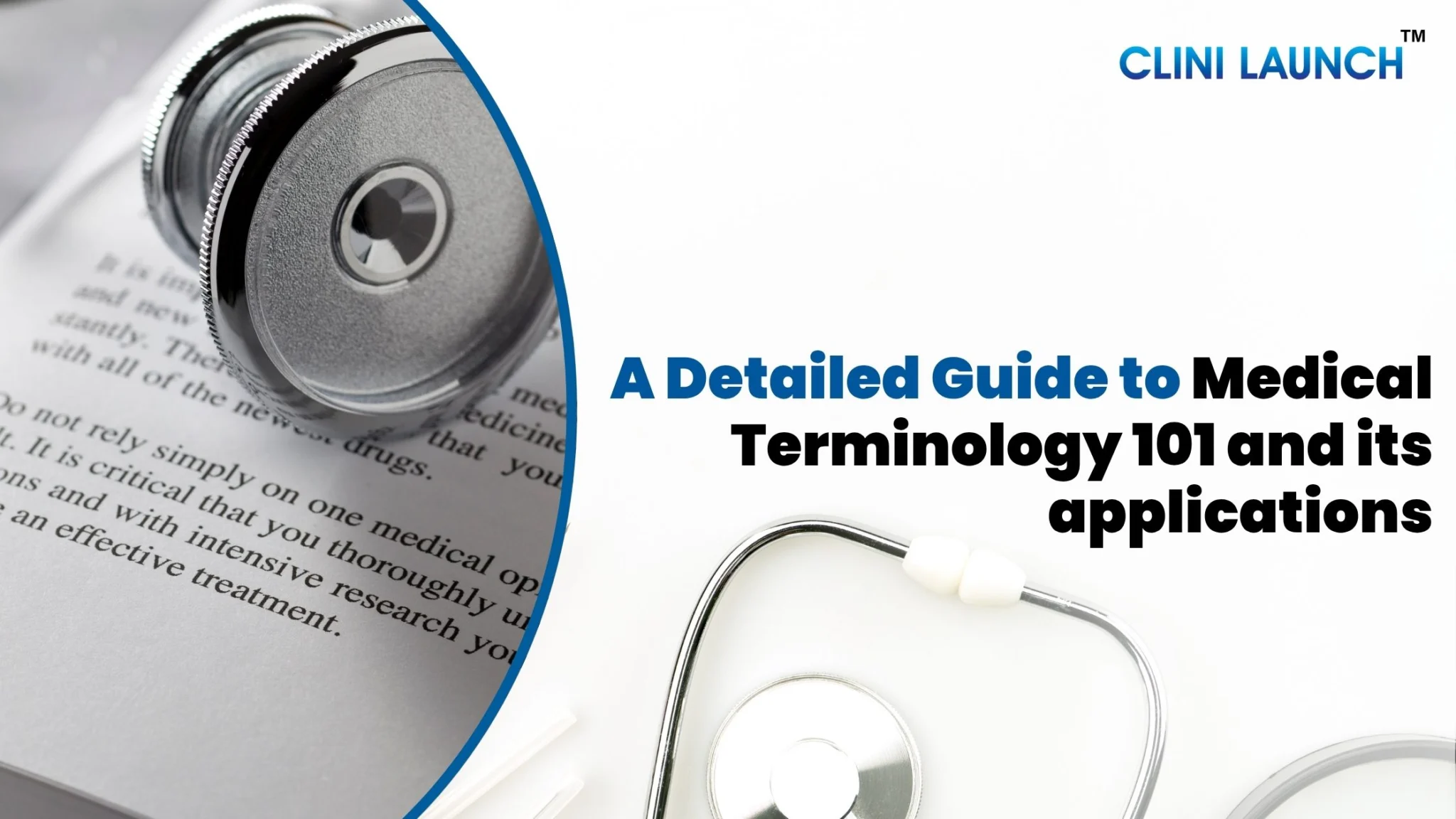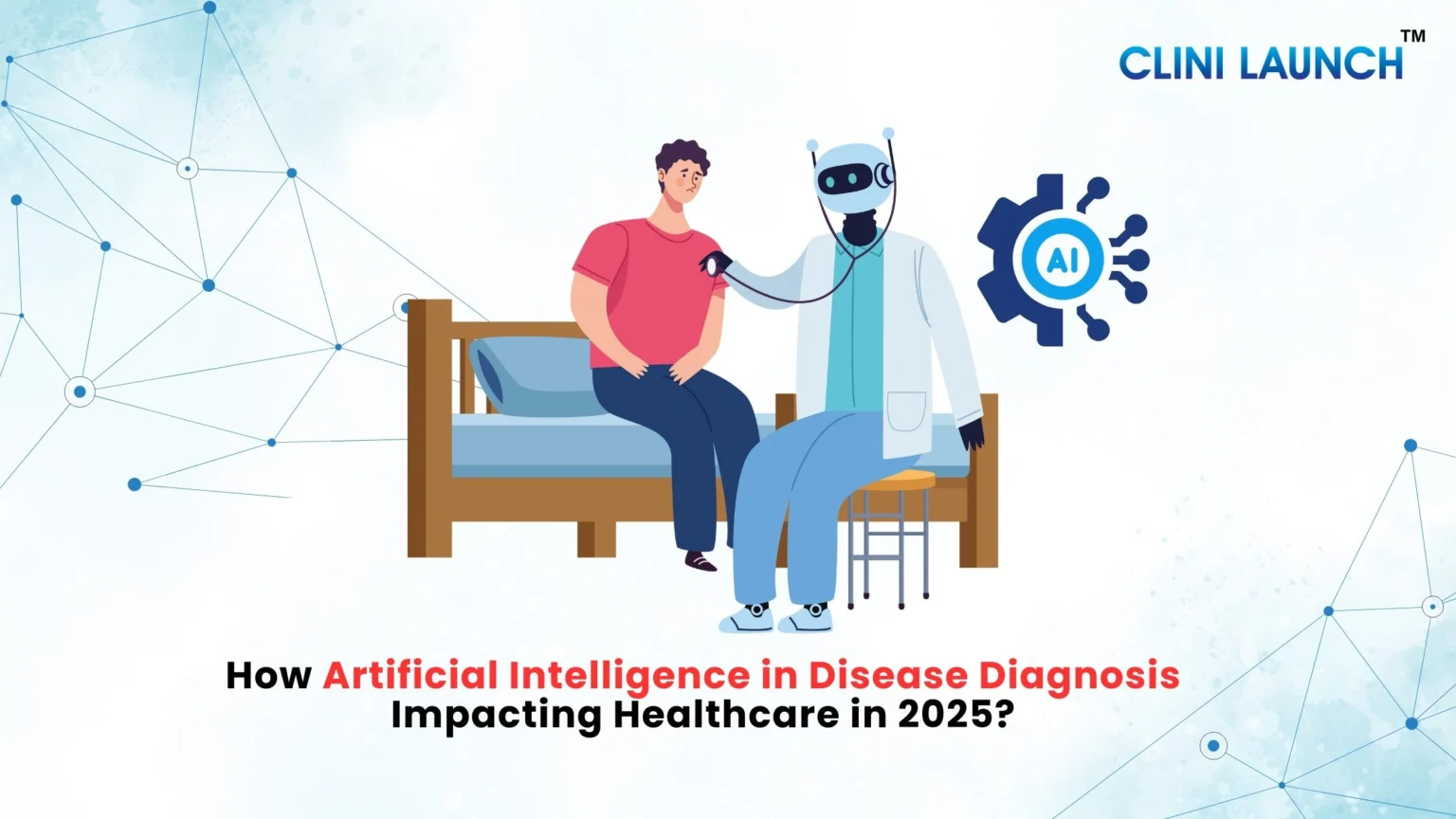Anatomy and Physiology for Accurate Medical Coding in 2025
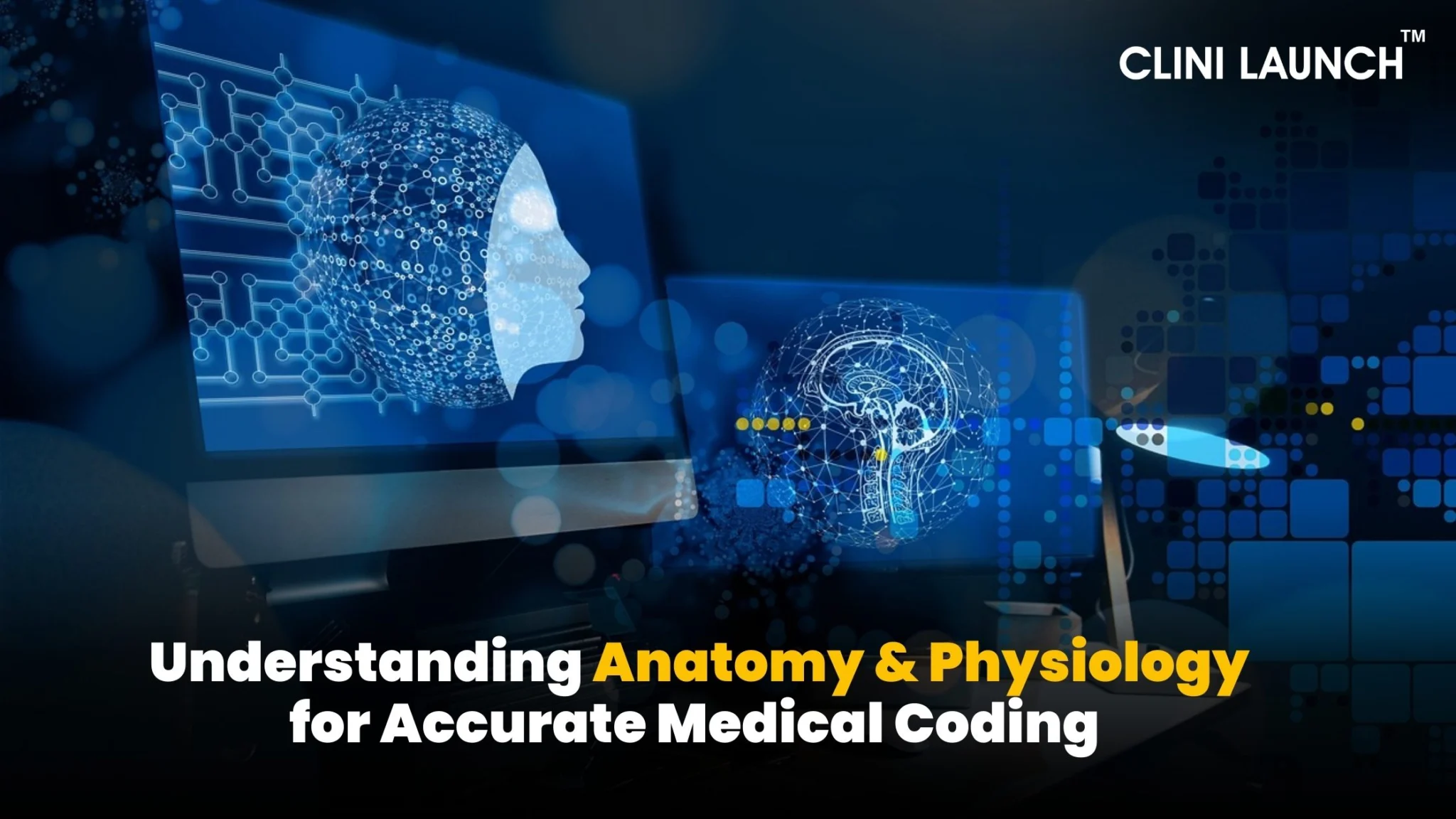
The accurate translation of medical diagnoses, procedures, and services into standardized codes is the crucial work of medical coders. This process forms the financial and informational backbone of healthcare. While mastering coding systems like ICD-10-CM, CPT, and HCPCS is essential, a deep and comprehensive understanding of anatomy and physiology serves as an indispensable foundation for achieving accuracy and efficiency in billing and coding.
Without a solid understanding of how the human body is structured and how its various systems function, medical coders risk misinterpreting medical documentation, leading to inaccurate code assignments. These inaccuracies can have significant repercussions, impacting healthcare provider revenue, patient billing, and the integrity of healthcare data. This comprehensive exploration delves into the vital connection between anatomy and physiology and accurate medical coding, highlighting why this knowledge is not merely supplementary but essential for aspiring and practicing certified coding specialists and medical billing specialists alike.
Enroll Now: Medical Coding Course
Anatomy: The Blueprint
Anatomy, the study of the body’s structure, provides the fundamental vocabulary for understanding medical reports. Medical documentation is replete with anatomical terms describing organs, tissues, bones, muscles, nerves, and blood vessels. A medical coder must be fluent in this language to decipher the location, extent, and nature of a patient’s condition or the site of a medical procedure.
Consider a surgical report detailing the “resection of the distal phalanx of the third digit of the left hand.” Without anatomical knowledge, a coder might struggle to identify precisely which bone and finger are involved, potentially leading to an incorrect procedural code. Understanding that “distal” refers to the part farthest from the body’s center, “phalanx” denotes a finger or toe bone, and “third digit” signifies the middle finger is crucial for selecting the appropriate CPT code.
Similarly, diagnostic reports often rely heavily on anatomical descriptions. A radiology report describing a “fracture of the lateral malleolus of the right ankle” requires the coder to know that the lateral malleolus is the bony prominence on the outer side of the ankle, formed by the fibula. This anatomical understanding differentiates it from a medial malleolus fracture (involving the tibia) and ensures the correct ICD-10-CM diagnosis code is assigned.
Furthermore, understanding anatomical relationships is vital. Knowing the proximity of different organs and structures can provide context for diagnoses and procedures. For instance, understanding the location of the appendix in relation to the ileum and cecum is essential when coding appendicitis or related surgical interventions.
Physiology as the Operational Manual
The symphony of Life: Physiology as the Operational Manual
The symphony of Life: Physiology as the Operational Manual
Physiology, the study of how the body’s structure’s function, adds another critical layer to the coder’s understanding. Medical documentation often describes not just what is wrong (diagnosis) or what was done (procedure), but also the underlying physiological processes involved. Understanding these processes helps coders grasp the clinical context and the rationale behind the medical interventions.
For example, when coding for heart failure, understanding the physiological mechanisms of the condition – the heart’s inability to pump blood effectively – provides crucial context for interpreting the physician’s documentation. Knowing the difference between systolic and diastolic heart failure, and their respective physiological implications, can influence the selection of the most accurate ICD-10-CM code.
Similarly, when coding for respiratory conditions like asthma or chronic obstructive pulmonary disease (COPD), understanding the physiology of the respiratory system – how air flows in and out of the lungs, gas exchange, and the role of different respiratory structures – is essential for accurately coding the severity and type of the condition.
Understanding physiological processes also helps in coding procedures. For instance, knowing how different anesthetic agents affect the nervous system and the patient’s physiological state is relevant when coding anesthesia services. Similarly, understanding the physiological principles behind different surgical techniques aids in selecting the most appropriate procedural code.
Anatomy and Physiology in Action
Anatomy and physiology are not isolated subjects but rather intricately intertwined. Understanding the structure of an organ often provides clues about its function, and vice versa. This interconnectedness is crucial for accurate medical coding.
Consider the kidneys. Anatomically, they are bean-shaped organs located in retroperitoneal space. Physiologically, they filter waste products from the blood and produce urine. Understanding this relationship is vital when coding for kidney diseases, such as glomerulonephritis (inflammation of the kidney’s filtering units) or nephrolithiasis (kidney stones). The anatomical location and the physiological function both contribute to the accurate coding of these conditions and their associated treatments.
Similarly, understanding the anatomy of the musculoskeletal system – the bones, muscles, ligaments, and tendons – is essential for coding musculoskeletal injuries and procedures. Knowing the specific muscles involved in a movement (physiology) helps in understanding the site and nature of a strain or tear (anatomy), leading to more accurate coding.
Errors and Their Impact
The conseuquences of ignorance: Errors and Their Impact
The conseuquences of ignorance: Errors and Their Impact
A lack of adequate knowledge in anatomy and physiology can lead to a multitude of coding errors, each with potentially significant consequences:
Incorrect Diagnosis Coding: Misinterpreting anatomical locations or physiological processes can lead to the selection of the wrong ICD-10-CM diagnosis code. This can result in claim denials, underpayment, or even accusations of fraud.
Incorrect Procedure Coding: Without understanding the anatomical structures involved or the physiological principles behind a surgical or medical procedure, coders may select an inappropriate CPT or HCPCS code. This can lead to incorrect reimbursement and compliance issues.
Lack of Specificity: Medical documentation often contains detailed anatomical and physiological information. Without understanding this information, coders may fail to capture the necessary level of specificity in their coding, leading to under coding and lost revenue.
Increased Audit Risk: Inaccurate coding, stemming from a lack of foundational knowledge, increases the risk of audits by payers and regulatory bodies. This can lead to significant financial penalties and reputational damage.
Delayed Payments: Errors in coding often result in claim rejections or denials, leading to delays in payments for healthcare providers and potential frustration for patients.
Resources for Anatomy and Physiology
Recognizing the critical importance of anatomy and physiology, aspiring and practicing medical coders should actively seek opportunities to enhance their knowledge in these areas. Fortunately, numerous resources are available:
Formal Education: Many medical coding programs incorporate comprehensive anatomy and physiology coursework as a core component of their curriculum.
Anatomy and Physiology Online Course: For those seeking flexible learning options, numerous reputable anatomy and physiology online courses are available. These courses often utilize interactive tools, visuals, and assessments to facilitate learning.
Textbooks and Reference Materials: A wide range of anatomy and physiology textbooks and reference materials cater specifically to healthcare professionals.
Professional Development: Organizations like the American Academy of Professional Coders (AAPC) and the Professional Association of Healthcare Coding Specialists (PAHCS) often offer workshops, webinars, and certifications that emphasize the importance of anatomical and physiological knowledge.
Medical Terminology Resources: Mastering medical terminology, which is heavily rooted in anatomy and physiology, is another crucial step. Online dictionaries, glossaries, and courses can be invaluable resources.
Clinical Experience (Observation): Where possible, observing medical procedures or shadowing healthcare professionals can provide valuable real-world context for understanding anatomy and physiology in practice.
Integrating Knowledge for Success
The path to expertise: integrating knowledge for success
The path to expertise: Integrating Knowledge for Success
Becoming a proficient and accurate medical code requires more than just memorizing codes. It demands a deep understanding of medical language, which is intrinsically linked to anatomy and physiology. By investing time and effort in building a strong foundation in these basic medical sciences, aspiring certified coding specialists and medical billing specialists can:
Improve Accuracy: A solid understanding of the body’s structure and function enables coders to interpret medical documentation with greater precision, leading to more accurate code assignments.
Enhance Efficiency: When coders understand the underlying medical concepts, they can navigate medical records more efficiently and identify relevant information more quickly.
Increase Confidence: A strong knowledge base fosters confidence in coding decisions, reducing errors and the need for constant second-guessing.
Advance Career Opportunities: Employers increasingly seek medical coders with a strong understanding of anatomy and physiology, recognizing their ability to contribute to accurate and compliant billing and coding practices.
Contribute to Better Healthcare: Ultimately, accurate medical coding plays a vital role in ensuring proper reimbursement for healthcare services, supporting the financial stability of healthcare providers, and contributing to the integrity of healthcare data used for research and quality improvement.
To Sum Up
In the demanding field of medical coding, the significance of anatomy and physiology cannot be overstated. It is the bedrock upon which accurate and compliant coding practices are built. For those pursuing a career as a certified coding specialist or a medical billing specialist, embracing the study of the human body is not merely an academic exercise but a fundamental investment in their professional success and the integrity of the healthcare system.
By diligently acquiring and continuously refining their knowledge of anatomy and physiology, medical coders can transform from mere code assigners to insightful healthcare information specialists, playing a crucial role in the delivery of quality patient care and the efficient functioning of the healthcare industry. The journey to becoming a truly proficient medical coder is paved with a deep and abiding understanding of the remarkable machine that is the human body.
Ready to launch your career in the dynamic field of medical coding? Explore comprehensive training programs and resources at CliniLaunch and build a strong foundation in anatomy, physiology, and coding best practices.
Note: IndiBlogHub features both user-submitted and editorial content. We do not verify third-party contributions. Read our Disclaimer and Privacy Policyfor details.

